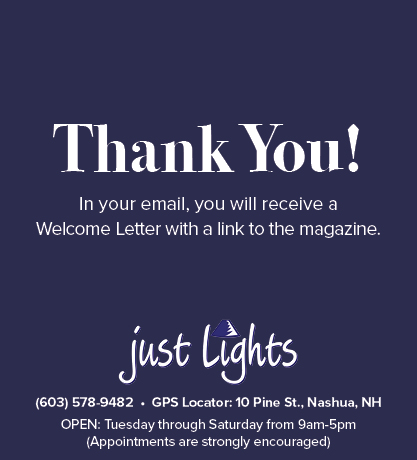Now that old incandescent 100- and 60-watt bulbs have stopped being manufactured, consumers will need to replace burned-out bulbs with new technology.
There are two main options: CFL or LED. Many consumers already use CFL bulbs and may or may not be happy with the light output. LEDs have many advantages – for instance, they don’t have mercury or require special disposal – and they can last up to 25 years. Homeowners should remember this if they experience sticker shock when they price LED bulbs – you won’t need to buy any bulbs for many years.
Prices continue to come down, but, as with many things in life, you get what you pay for. There are many LED manufacturers with bulbs at different price levels, so how do you choose the best LED bulb for your particular needs?
Light Quality
LED stands for Light Emitting Diodes, which are solid state semi-conductors that emit light when a current passes through them. These light sources have proven to be up to ten times more efficient than a standard incandescent bulb and twice as efficient as compact fluorescent bulbs. In deciding which LED bulb is best, the first question is whether you prefer a cooler, white light, say, for reading or close task work, or a warmer, yellow light for ambiance or general lighting. You may decide to put cooler-light LED bulbs in your desk lamp or reading light, and warmer, dimmable LED bulbs in your dining room chandelier.
If you’re adventurous, some LED manufacturers even offer bulbs that can be adjusted to a full spectrum of color, from cool blues to warm orange or fuchsia. These high-tech bulbs can be controlled through a smartphone – for the ultimate party lighting atmosphere.
But most consumers are just looking to replace the bulbs in their bathroom fixtures and don’t need the option to program rainbow-colored lighting effects.
Function
LEDs are being manufactured for all types of lighting applications, from outdoor landscape lighting to recessed lights. They can be used underwater, programmed with different colors, and are even available on flexible ribbon for ease of installation in confined places, such as under cabinets, toe kicks or along deck rails.
As more manufacturers embrace LED, there will be a plethora of new lighting designs that become possible. Check out our web site regularly for the most innovative lighting designs.
The lighting experts at Just Lights can guide you in selecting the best LED bulb for your application, from dimmable bulbs for your chandelier to recessed bulbs and outdoor lights.
Cost
Most Americans probably don’t think much about their lighting. As long as the light comes on when you flip a switch, you probably don’t care if your living room lamps have incandescent, CFL or LED bulbs in them. But your wallet does.
Should you wait for a light bulb to burn out before replacing it? No. It makes more financial and environmental sense to throw away an incandescent light bulb now and replace it with an energy efficient LED light than to wait for the light to burn out before changing it. Remember, LEDs use about one-tenth the electricity. The incandescent bulb is going to burn out sooner or later and end up in landfill eventually, so you’re not creating any additional waste by tossing the light now and switching to a more efficient light immediately.
If you could save up to $250 for every light bulb that you replace, wouldn’t you? That’s the sum of the energy savings and bulb replacement costs when you replace just one incandescent bulb with an LED bulb.
The lighting experts at Just Lights will help you find the best LED lighting solutions for all the rooms in your home, or for your outdoor lighting needs.



